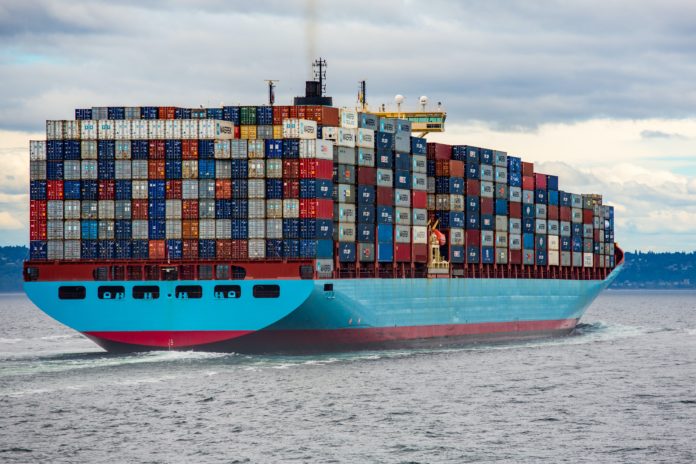

Supply chain challenges have always been present, but they’re growing increasingly common and severe. COVID-related shortages have compounded typical disruptions like holiday season demand, creating unprecedented logistics obstacles.
Some experts warn that these challenges may last up to two years, and even then, disruptions could still be likely as supply chains grow more complex. Amid this uncertainty, security is more critical than ever.
Why Supply Chain Security Demands Attention
Today’s supply chains employ a vast range of new technologies. Systems like electronic data interchange (EDI) allow companies to exchange key information electronically and enable real-time visibility, but these benefits can come at a cost. If businesses don’t take the time to secure them, they could introduce new vulnerabilities.
These vulnerabilities are increasingly worrisome as supply chain challenges compound. During peak seasons or other disruptions, companies may be too distracted to notice emerging security threats. Any successful attacks during these times could be more damaging as well, enticing ambitious cybercriminals.
How to Secure the Supply Chain
Supply chains must improve their cybersecurity. Thankfully, this is not an issue without a solution. Here are four possible steps organizations can take to make their supply chains more secure during shipping disruptions.
Implement Zero-Trust Architecture
One of the most comprehensive actions supply chains can take is implementing zero-trust security. Given the prominence of third-party data breaches, supply chains can’t afford to assume any device, network or user is secure. They must restrict data as much as possible and verify identities at every step.
It’s important to remember that zero-trust applies to devices, not just users. Verifying machine identities before enabling access can help secure Internet of Things (IoT) networks, which would otherwise expand supply chains’ attack surfaces.
Improve Transparency Through Blockchain
A newer solution worth considering is using blockchain technology to track shipments through the supply chain. These records are transparent but unchangeable, making them ideal for fighting fraud and improving visibility. More transparency makes supply chains easier to secure, especially amid disruptions.
Blockchains also have security advantages over alternative systems. Their distributed nature means someone would have to hack the whole network, not just a few devices, to infiltrate them. That level of security would help maintain the benefits of remote monitoring and tracking without introducing more risks.
Train Employees
As with any cybersecurity venture, it’s also crucial to train all supply chain employees in best security practices. Distracted workers are particularly vulnerable to social engineering attacks, but thorough training can mitigate these risks. Studies show that regular education leads to a ninefold reduction in phishing vulnerability.
This education should cover how to spot and respond to phishing attempts, the importance of two-factor authentication and good password management. Workers should also understand the consequences of poor security practices, helping encourage better habits.
Create an Incident Response Plan
No matter what other steps supply chain organizations take, they must prepare a formal incident response plan. Amid these widespread challenges, attacks are too likely and destructive to assume that any network is entirely safe. Having a plan in place for how to address these situations will mitigate their damage.
Response plans should include communication protocols, backups, business continuity measures and containment strategies. Companies should also create versions of this plan for various situations, as each may require different actions.
Better Supply Chain Security Mitigates Shipping Challenges
Shipping challenges can cause widespread disruptions across supply chains, but data breaches can make them far worse. If supply chains don’t prepare to improve their security amid these obstacles, they could face considerable losses.
By contrast, bolstering safety will mitigate the damage of other disruptions. Organizations that are secure and prepared to handle potential breaches can tackle these issues with confidence.



















